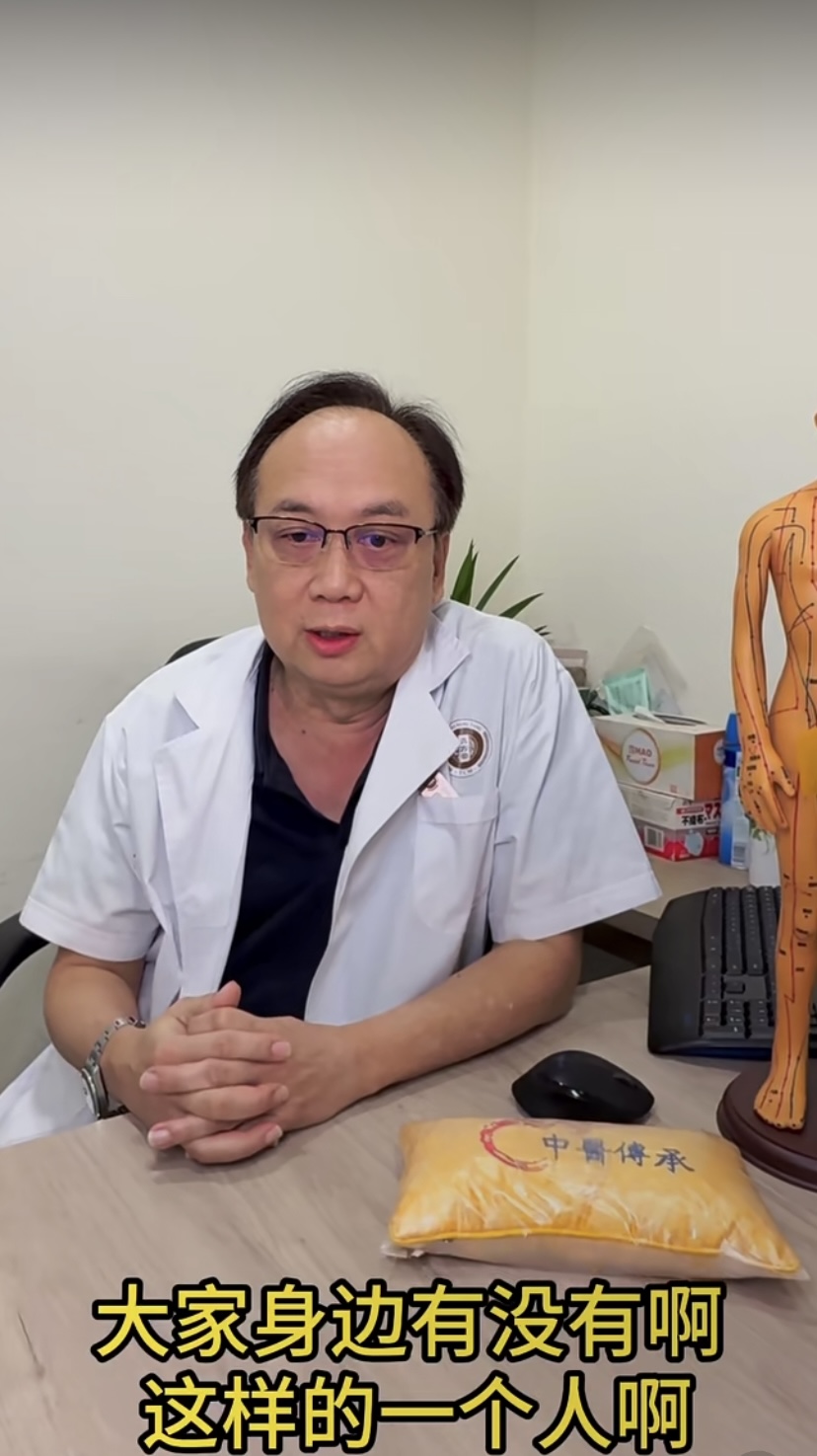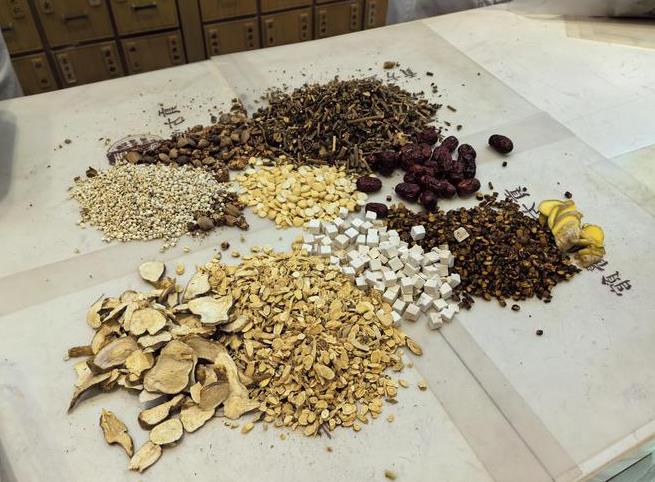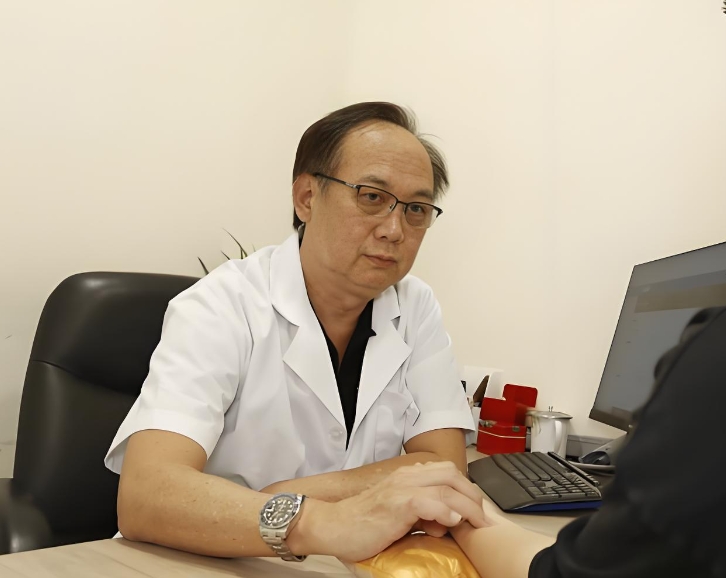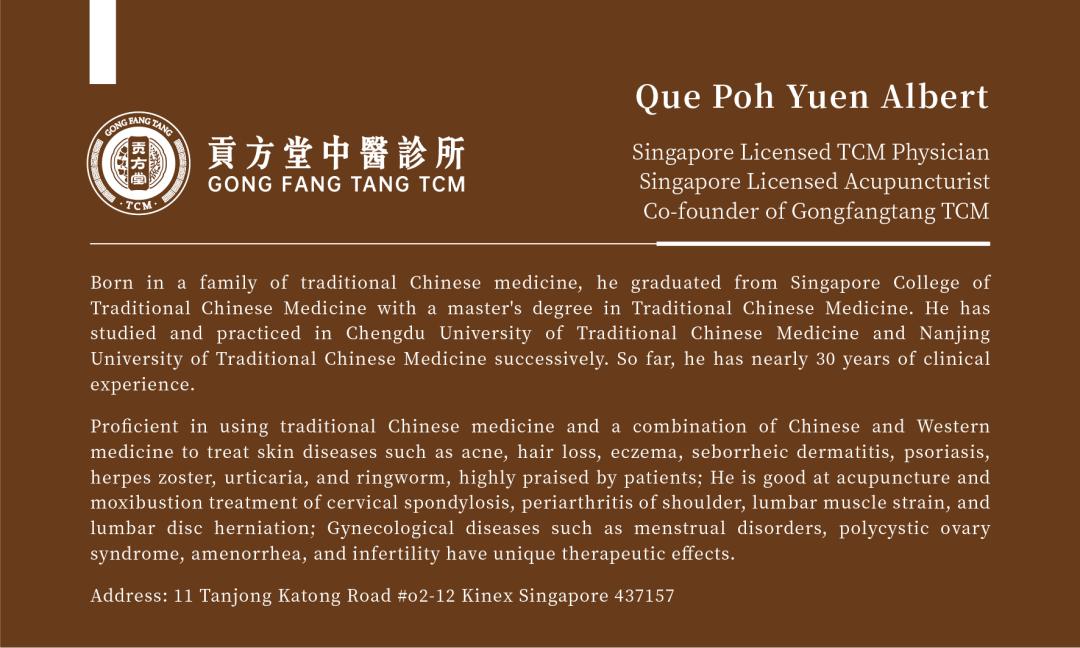Does a diabetes diagnosis mean lifelong medication? The answer may surprise you! Dr. Que Poh Yuen Albert , a TCM expert from Singapore Gong Fang Tang TCM Department, states that diabetes has a critical "golden reversal window period". If this opportunity is seized with precise intervention, some patients can potentially see significant improvement in their condition, even reducing or eliminating medication dependence!

When is the golden period for diabetes reversal?
Prediabetes (Impaired Glucose Tolerance):
State: Blood sugar levels are already above normal range (fasting blood glucose 6.1-7.0 mmol/L, or 2-hour postprandial blood glucose 7.8-11.1 mmol/L), but do not yet meet the diagnostic criteria for diabetes.
Characteristics: Islet beta-cell function is relatively less impaired; insulin resistance is the main issue. The body's ability to regulate blood sugar is reduced, but it still retains strong compensatory potential.
Significance: This is the stage with the highest possibility of reversal and the best cost-effectiveness! Through active lifestyle interventions (diet, exercise) and necessary integrated Chinese-Western medical management, a large proportion of people can avoid progressing to full-blown diabetes.
Early Stage of Newly Diagnosed Type 2 Diabetes (Usually refers to disease duration <5 years, especially those not using insulin):
State: Diabetes is already diagnosed, but the disease duration is short, islet function has not severely declined, and no serious complications have appeared.
Characteristics: Islet beta-cells still retain some secretory function; insulin resistance persists. The "toxic" effects of hyperglycemia on organs are still in a reversible stage.
Significance: Active intensive treatment at this time (including strict lifestyle management, short-term insulin or medication intensification, holistic TCM regulation) can lead to significant repair of islet function in some patients, achieving drug-free remission (i.e., clinical reversal), with blood sugar maintained at normal or near-normal levels long-term.
Dr. Que Poh Yuen Albert warns: Once these golden periods are missed, as the disease duration lengthens (>5-10 years), islet beta-cell function progressively declines, complications gradually appear and worsen, and the difficulty of reversal greatly increases. Therefore, early detection, early diagnosis, and early intervention are the core keys to successful reversal!
What are the complications of diabetes?
Diabetes complications can be described as "unexpected and hard to prevent," affecting multiple organs and systems throughout the body. Regarding macrovascular complications, it easily triggers cardiovascular and cerebrovascular diseases like coronary heart disease and stroke, which can be life-threatening in severe cases. Microvascular complications can lead to diabetic retinopathy, causing vision loss or even blindness, and can also trigger diabetic nephropathy, gradually progressing to kidney failure. Neuropathy manifests as numbness, pain, and decreased sensation in the limbs. Diabetic foot is particularly feared, involving foot ulcers, infections, and in severe cases, potentially leading to amputation. These complications not only reduce patients' quality of life but also impose a heavy burden on families and society.

How does Traditional Chinese Medicine (TCM) regulate and treat diabetes?
Facing the challenge of diabetes, Dr. Que Poh Yuen Albert , leveraging his profound TCM knowledge and rich clinical experience, employs the ancient famous formula Yuye Tang (Jade Fluid Decoction) as a foundation, providing syndrome differentiation-based treatment for patients, achieving good therapeutic results. Yuye Tang originates from the book "Yixue Zhongzhong Canxi Lu" (Records of Heartfelt Experiences in Medicine with Reference to the West) by the renowned modern physician Zhang Xichun. It has the effects of boosting qi, promoting fluid production, strengthening the kidneys, and quenching thirst. It is indicated for the treatment of wasting-thirst disorder (Xiao Ke, often associated with diabetes). Symptoms include: excessive thirst and drinking without relief, frequent and copious urination, or turbid urine, fatigue, shortness of breath, a weak and thready pulse, etc. It is commonly used clinically to treat conditions like cancer post-radiotherapy, diabetes, hyperthyroidism, summer fever in children, and diabetes insipidus characterized by thirst and polyuria due to spleen and kidney deficiency.
Yuye Tang is composed of: Sheng Shanyao (Raw Chinese Yam), Sheng Huangqi (Raw Astragalus Root), Zhimu (Anemarrhena Rhizome), Gegen (Kudzu Root), Wuweizi (Schisandra Berry), Tianhuafen (Trichosanthes Root), Sheng Jineijin (Raw Chicken Gizzard Lining).
In the formula, Shanyao (Chinese Yam) and Huangqi (Astragalus) are used in relatively heavy doses as the sovereign herbs (Jun), utilizing their actions of tonifying the spleen, consolidating the kidneys, boosting qi, and promoting fluid production. Firstly, they cause the spleen qi to ascend, dispersing essence to the lungs and distributing fluids to quench thirst. Secondly, they cause kidney qi to consolidate, sealing and storing essence to reduce urination.
Zhimu (Anemarrhena) and Tianhuafen (Trichosanthes Root), as minister herbs (Chen), nourish yin, clear heat, moisten dryness, and quench thirst.
Assistant herbs (Zuo) include: Gegen (Kudzu) assists Huangqi in ascending the spleen-stomach's clear yang to distribute fluids and quench thirst; Jineijin (Chicken Gizzard Lining) assists the spleen in transportation and transformation, moving food essence, "transforming the sugary substances in food into fluids"; Wuweizi (Schisandra) assists Shanyao in tonifying the kidneys and consolidating essence, astringing yin fluids to reduce urination, preventing essence from leaking downward.

Medical Case
Patient: Mr. Chen, 52 years old, 7-year history of diabetes.
History: Poor blood sugar control with Metformin (fasting blood glucose 9.8-11.2 mmol/L), experiencing burning pain in hands and feet, decreased vision, and urine protein (+).
Initial Consultation: Dark red tongue with scant moisture, thin yellow coating, fine and choppy pulse.
Syndrome Differentiation: Qi and Yin deficiency with blood stasis and toxin.
Prescription: Modified Yuye Tang (Jade Fluid Decoction).
Base Formula: Huangqi (Astragalus) 30g, Shanyao (Chinese Yam) 20g, Gegen (Kudzu) 20g, Tianhuafen (Trichosanthes Root) 12g, Wuweizi (Schisandra) 6g.
Modifications: Shuizhi Fen (Leech Powder) 3g (taken infused), Gouqizi (Goji Berry) 15g, Qianshi (Gordon Euryale Seed) 30g.
Usage: 1 dose daily, decocted in water and taken twice a day.
Results:
Week 4: Fasting blood glucose dropped to 7.3 mmol/L; burning pain in hands and feet reduced by 50%.
Week 8: Urine protein turned negative; blurred vision improved (uncorrected vision 0.5 → 0.8).
Week 12: Stopped taking Metformin; blood sugar stabilized between 6.1-7.0 mmol/L.
